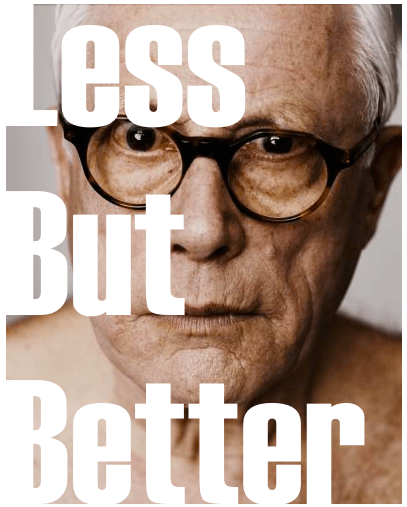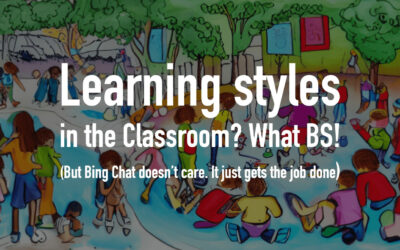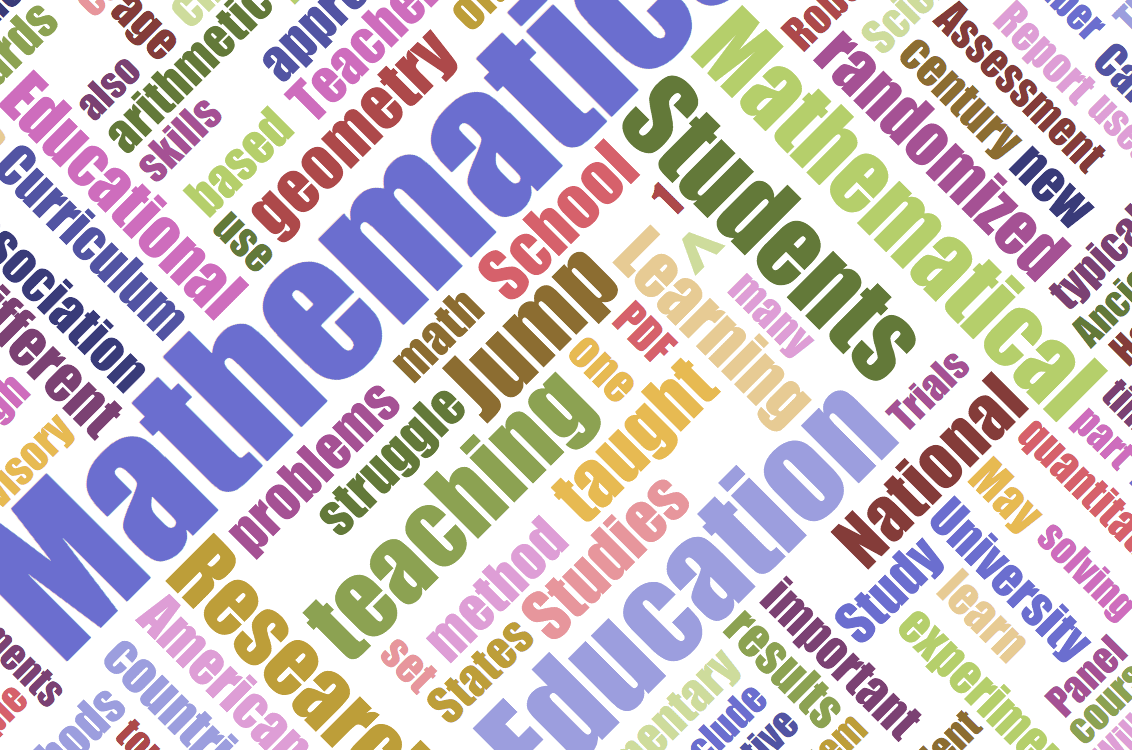I just came across Dieter Rams: ten principles for good design and was immediately struck by how closely they paralleled what is essential for good teaching. All one has to do is replace the word “design” with “teaching” and I think we get 10 pretty good principles to follow (or think about). This is a game I have played before in this post about the need for new educational research paradigms / approaches building on some comments by Don Norman about the need to new design research paradigms / approaches (see Rethinking Ed Tech Research).
Here are Rams’ 10 principles with the word design replaced by teaching (and in a couple of cases lightly edited to make sense in this new context).
- Good teaching is innovative
- Good teaching is useful
- Good teaching is aesthetic
- Good teaching is understandable
- Good teaching is unobtrusive
- Good teaching is honest
- Good teaching is long-lasting
- Good teaching is thorough down to the last detail
- Good teaching is environmentally friendly
- Good teaching is as little teaching as possible.
He is also known for saying “Less but better” which, if you ask me, is a good slogan for teaching as well.





0 Comments